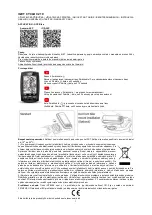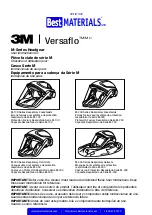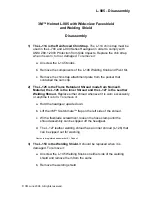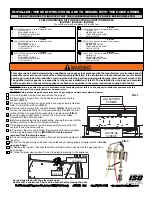
Calibration
TARAtec 9/10
23 / 44
5
Calibration
The sensor outputs a signal proportional to the concentration of the
disinfectant in the water being measured. In order to assign the value of
the sensor signal to the concentration of the disinfectant in the
water being measured, the sensor must be calibrated.
The flow rate must be constant.
The temperature of the water being measured must be constant.
Acclimatisation of the temperature of the sensor to that of the water
being measured must be complete (this takes about 20 minutes after
a change in temperature).
The sensor must have completed running in.
No other oxidant may be present in the water being measured.
Take the analytical sample of the water being measured from near to
the sensor.
Using appropriate methods, determine the concentration of the
disinfectant in the measuring water (see the manufacturer’s operating
instructions for the analytical equipment).
In the calibration menu of the measuring and control device, mark up
the sensor signal against the value determined by the analytical
procedure (see the operating instructions for the device).
Repeat the calibration at regular intervals (see section 7.1, p. 26).
Comply with the applicable national regulations for calibration
intervals.
















































